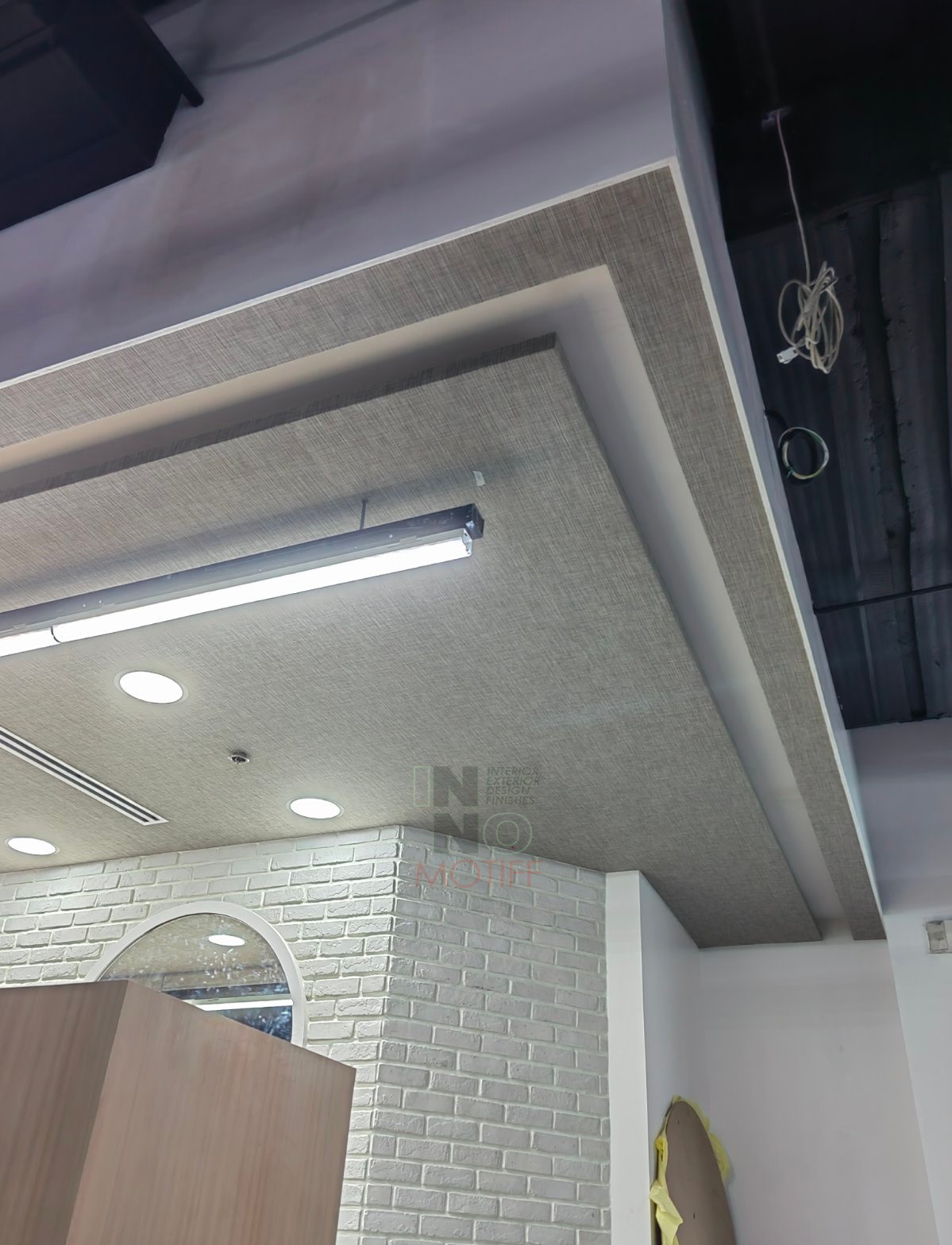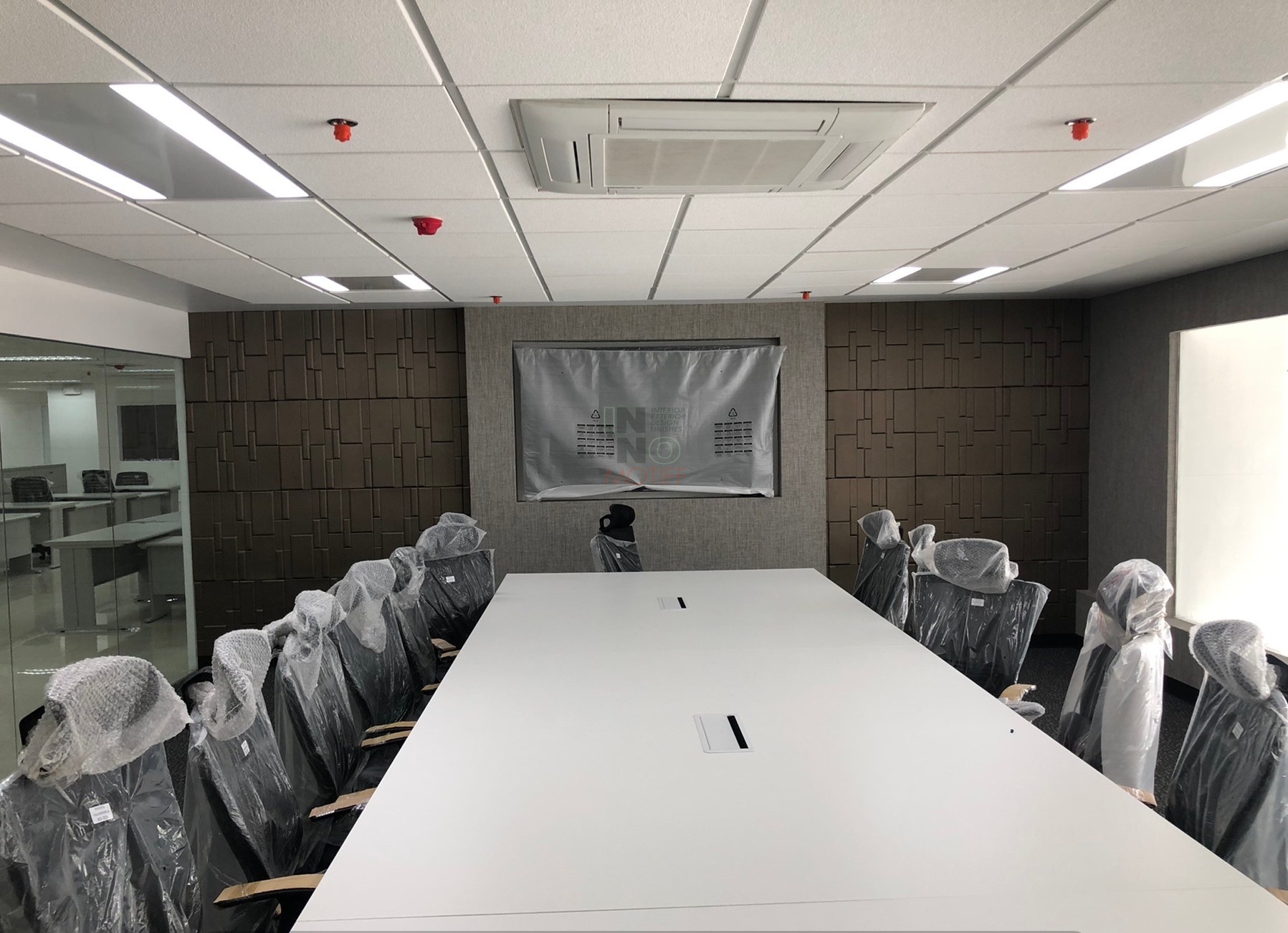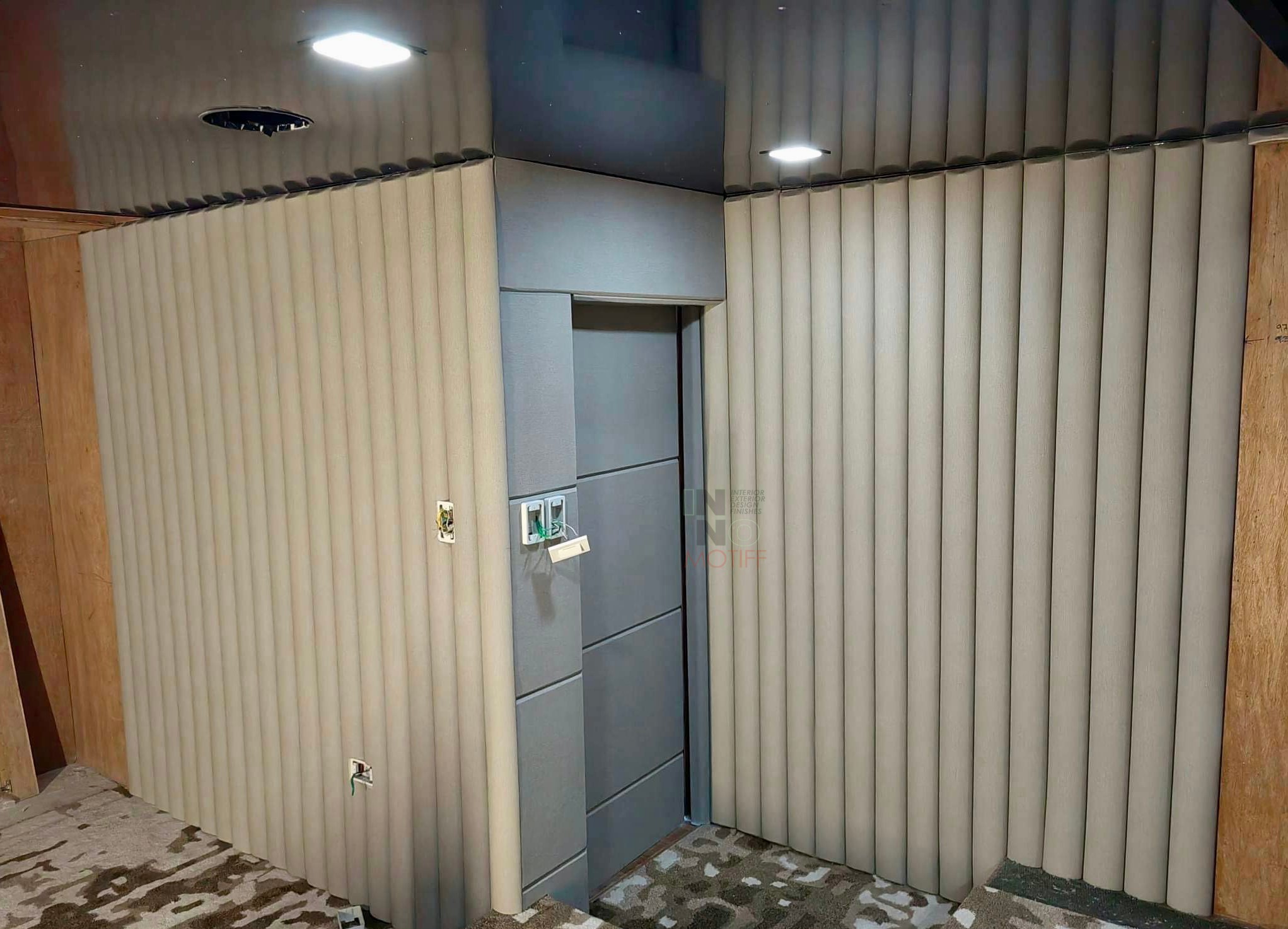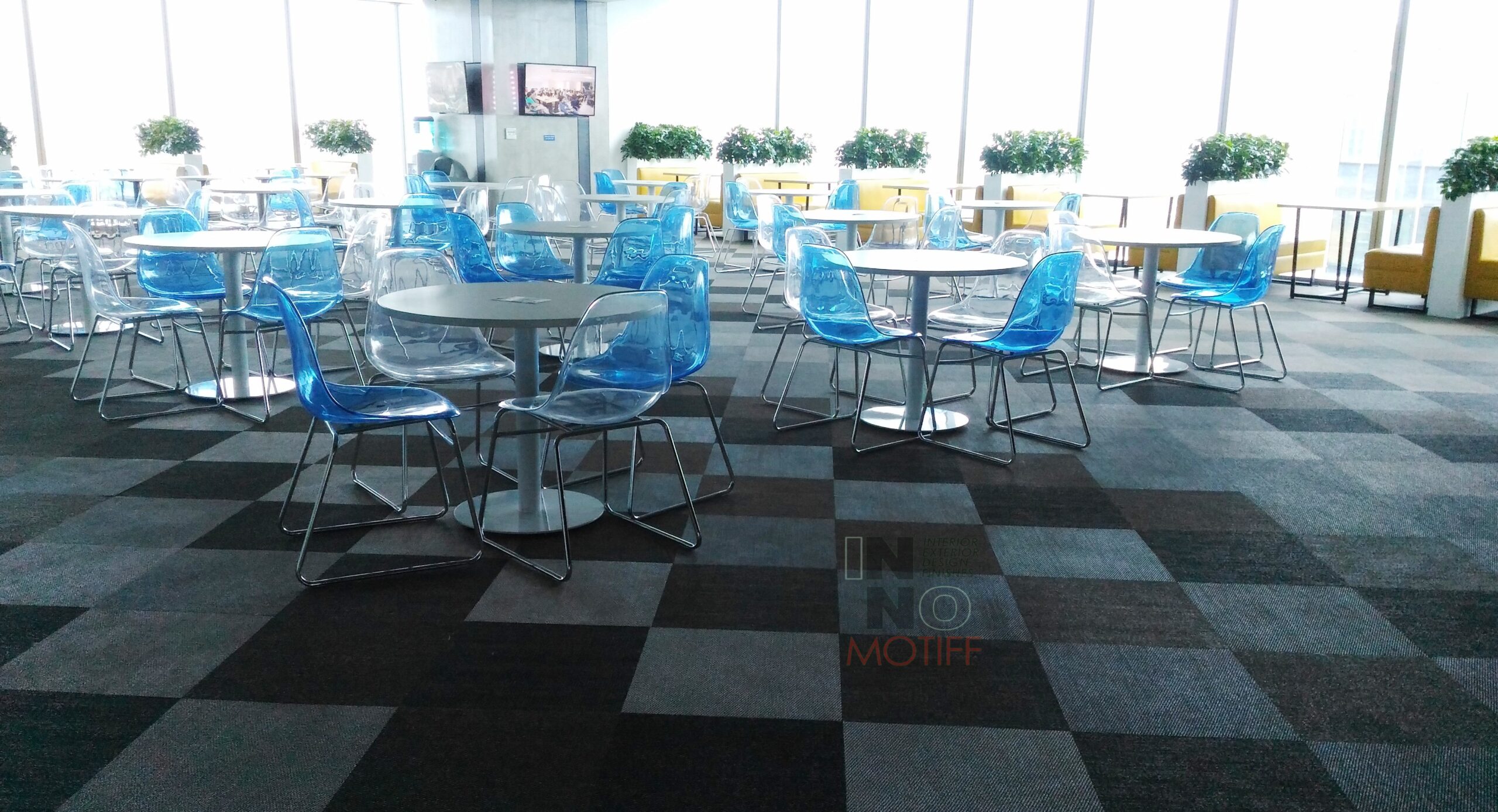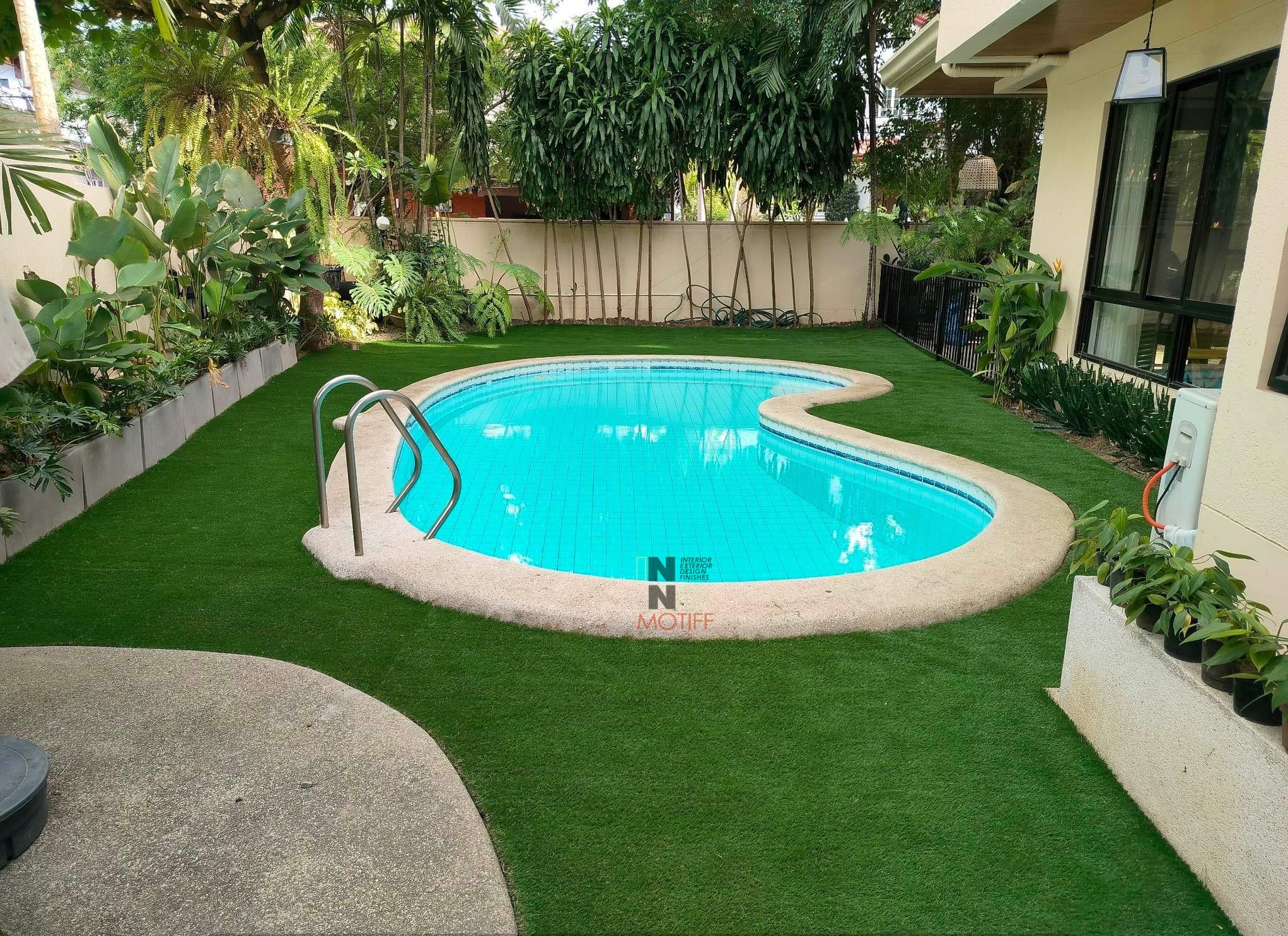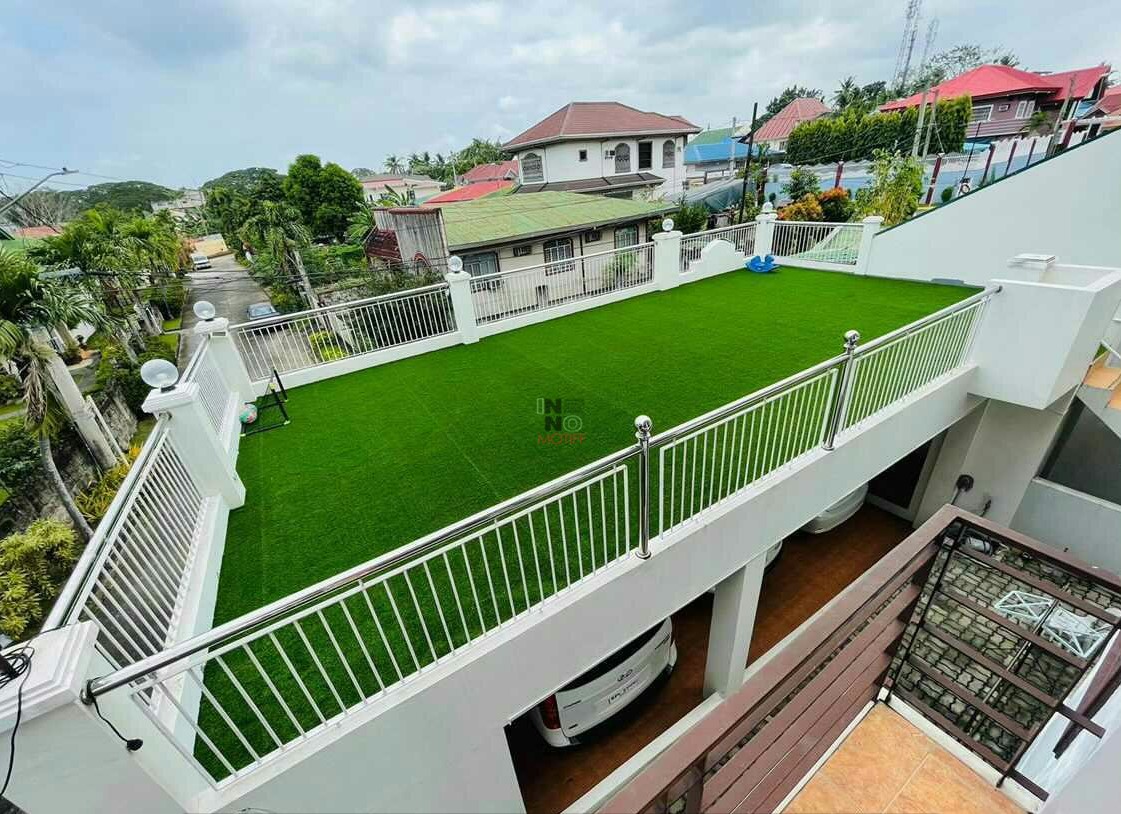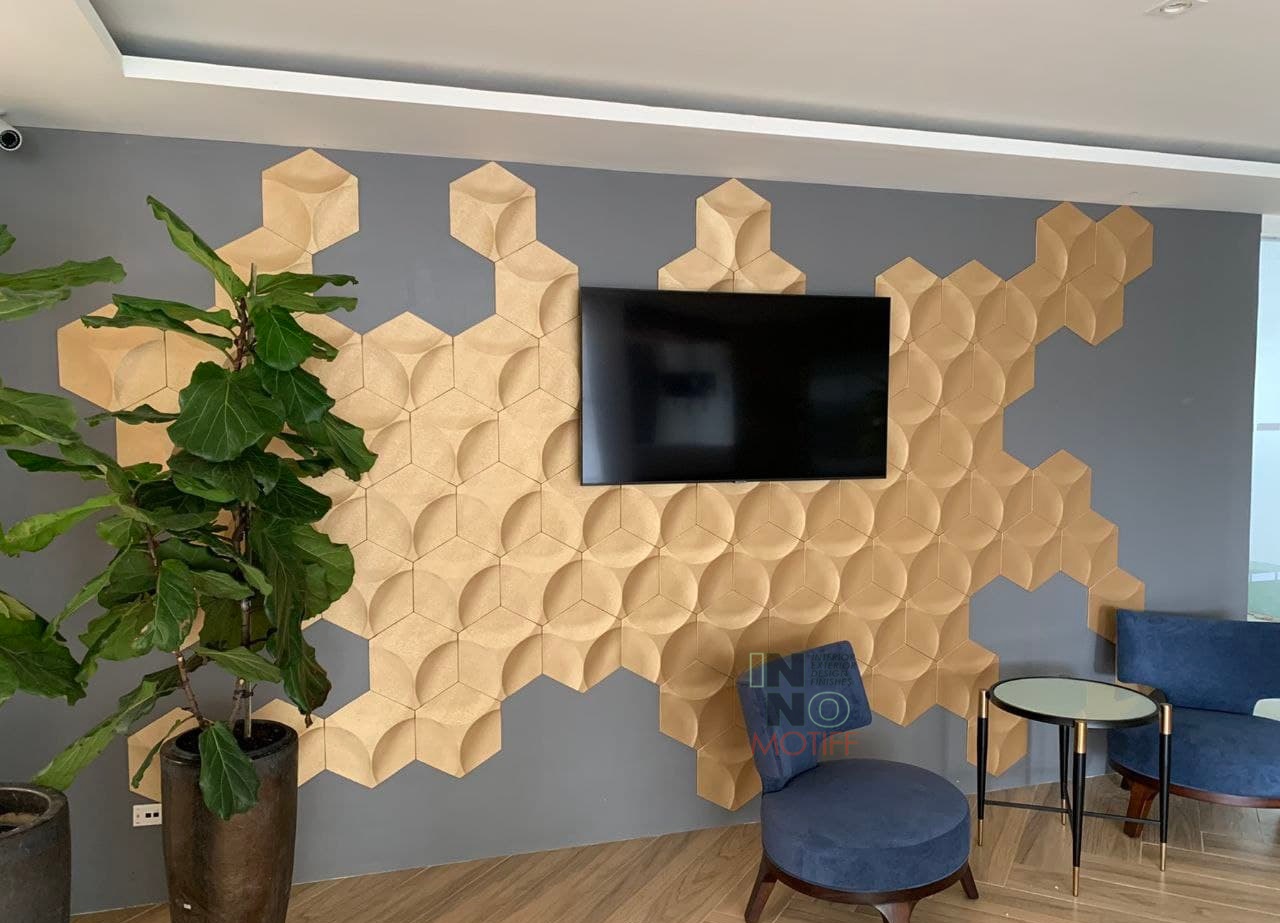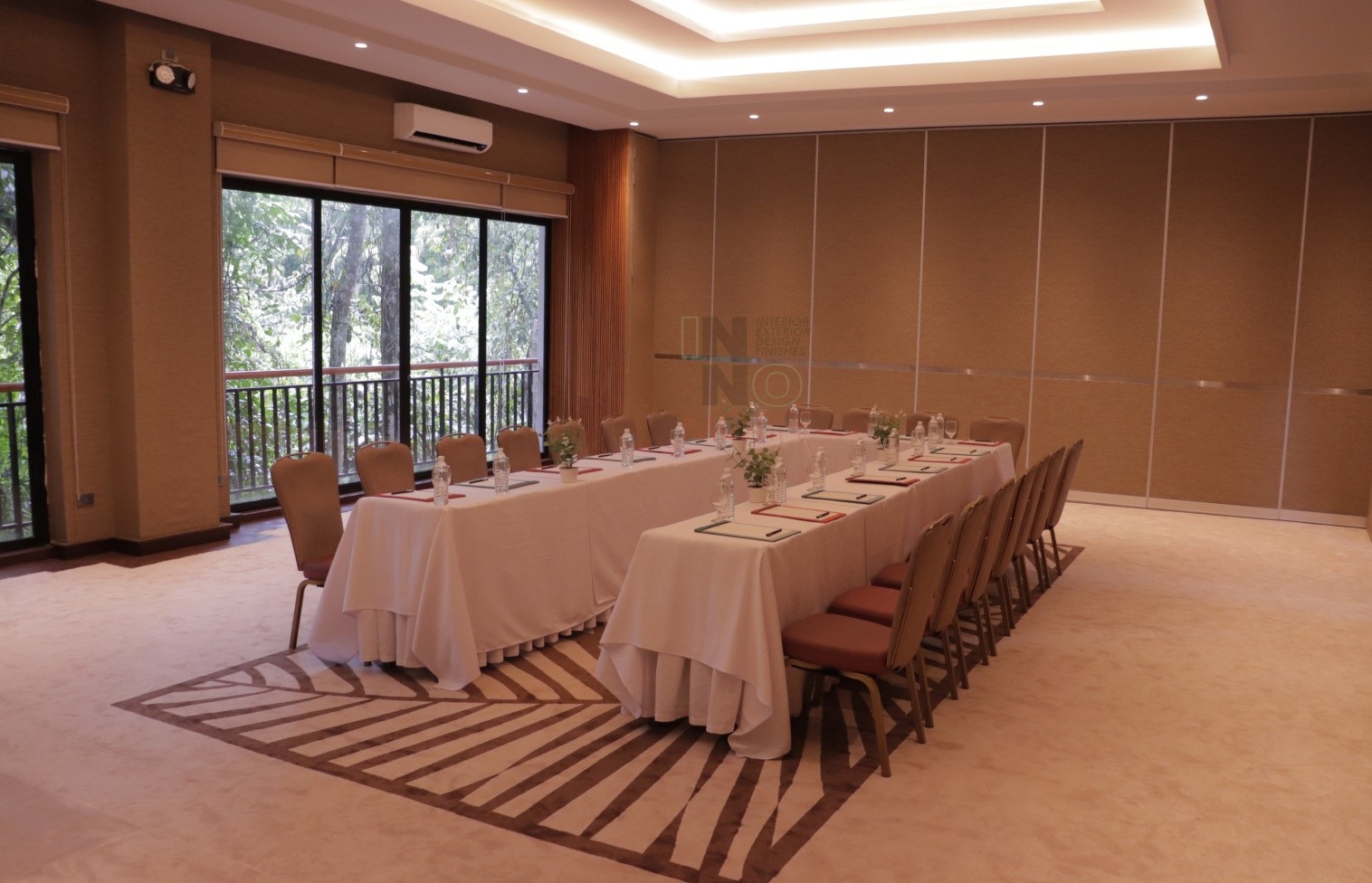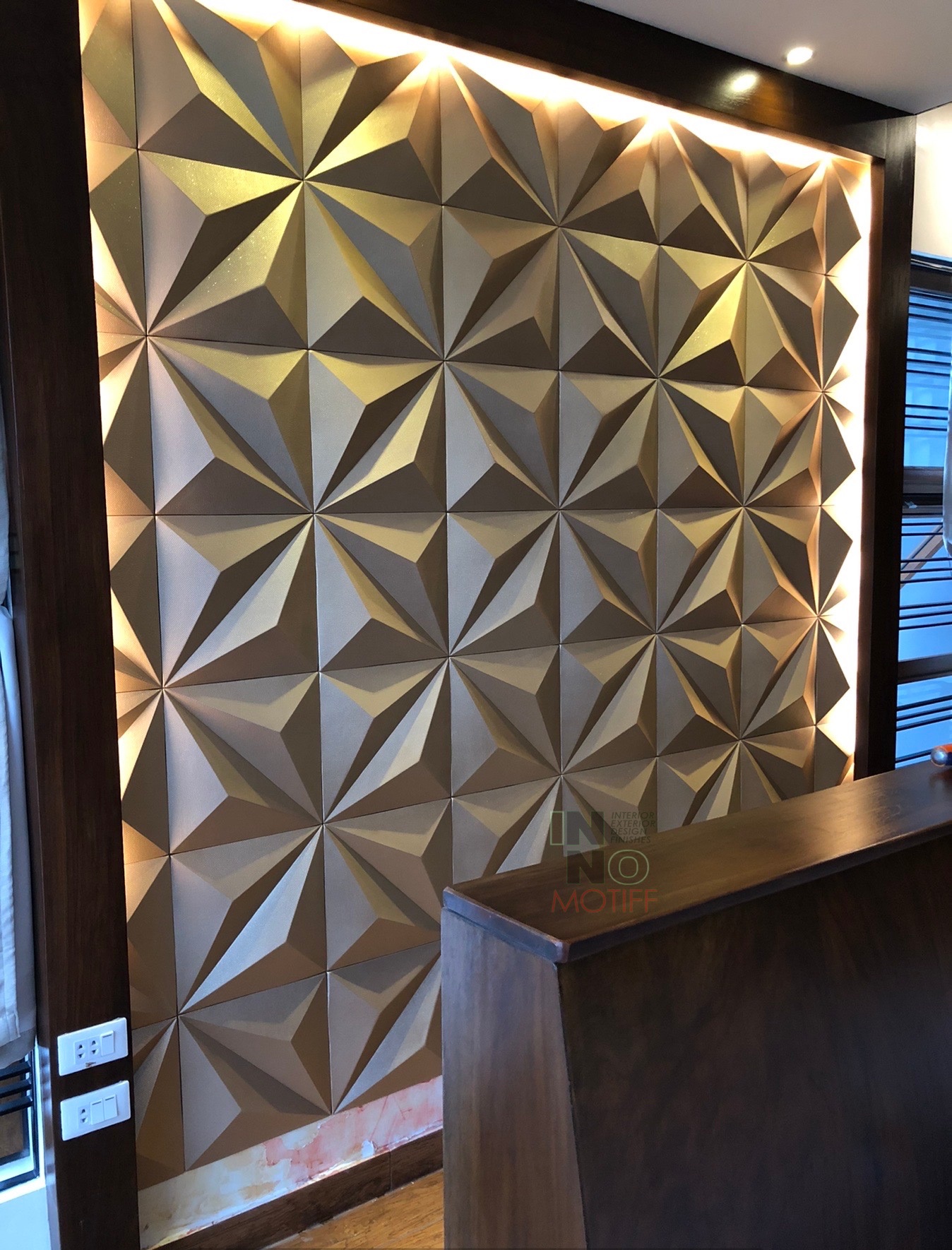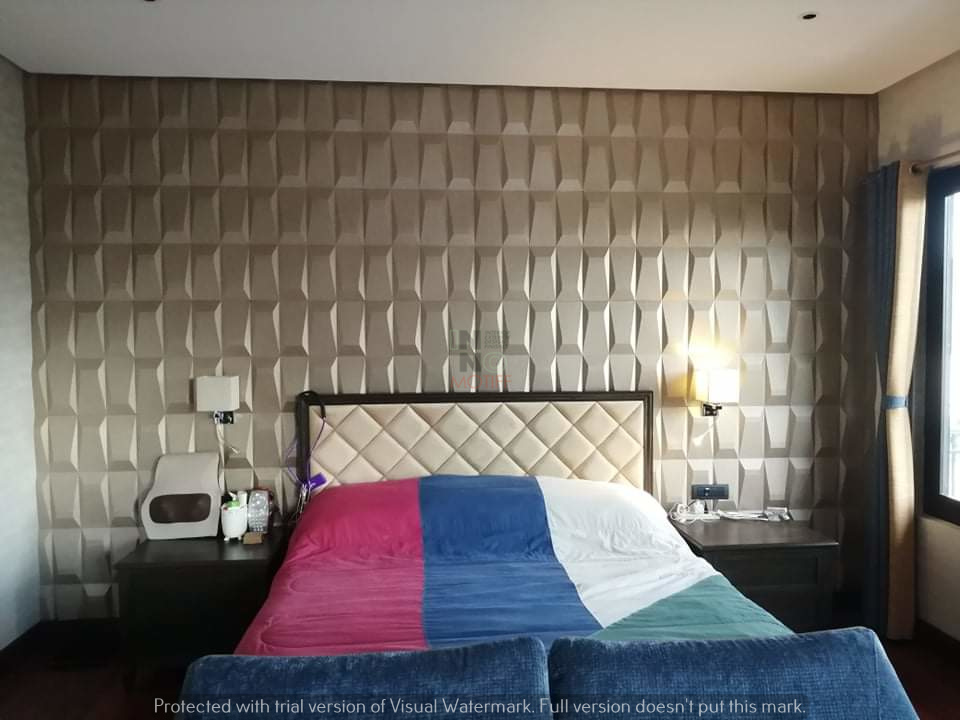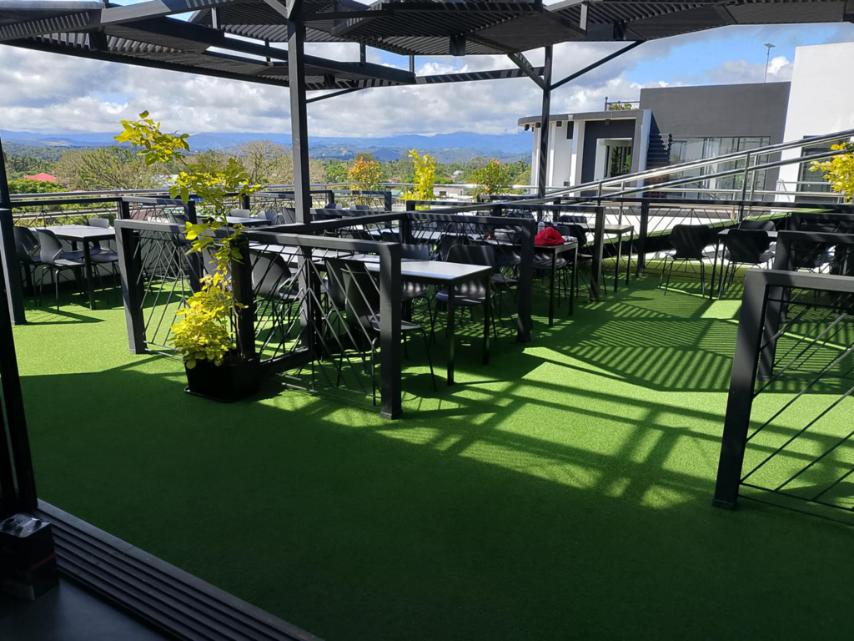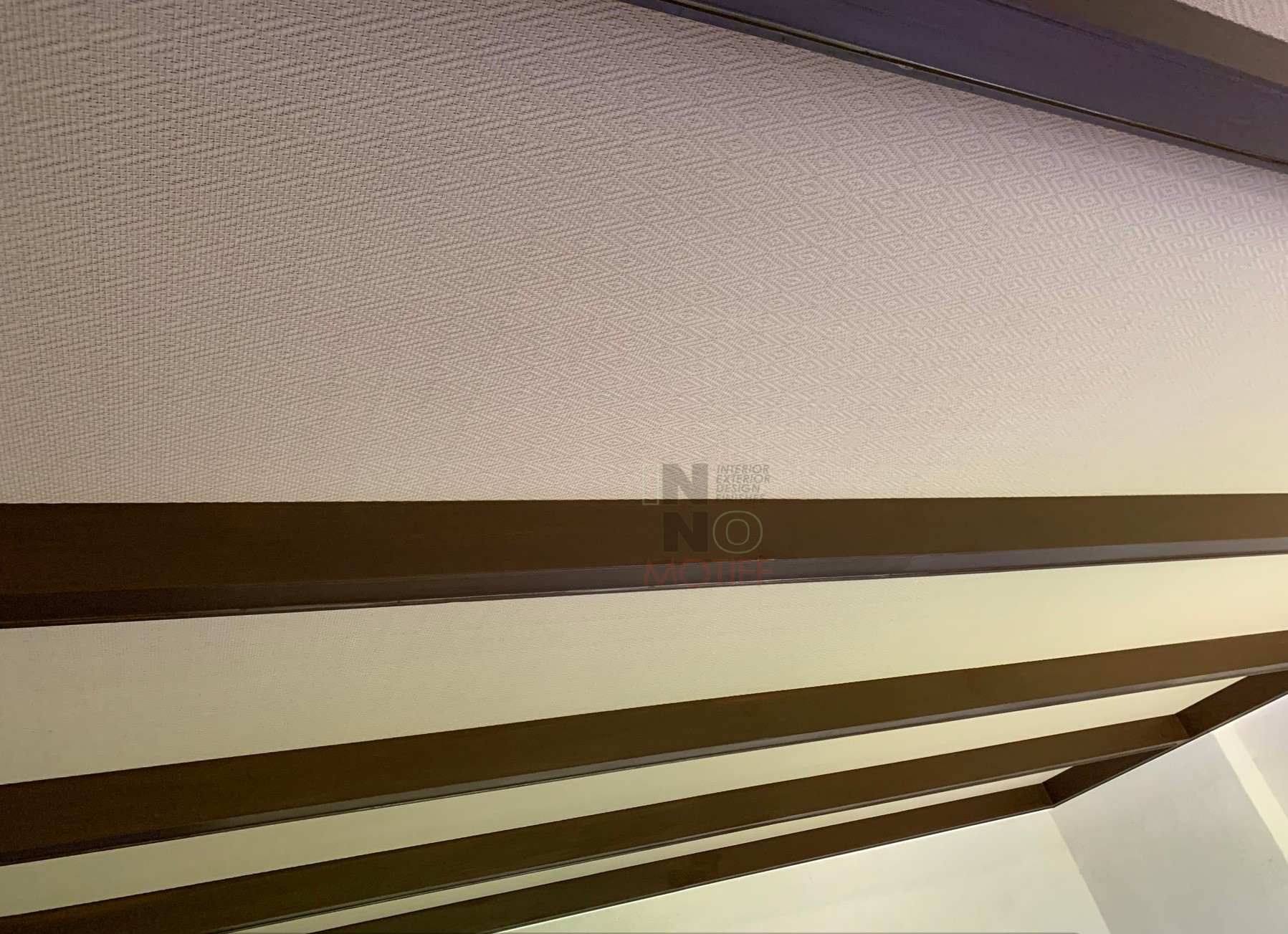Tangram Panels have become an essential element in modern interior spaces. From stylish office walls to acoustically treated conference rooms, these panels are not only decorative but highly functional. One key decision when using Tangram Panels is selecting the right thickness. This choice directly affects the visual impact, acoustic performance, and ease of installation.
So, what is the best thickness for Tangram Panels, and why does it matter so much? Let’s explore everything you need to know to make an informed decision—whether you’re designing a professional space or upgrading your interiors. For those seeking expert installation and consultation, Inno+Motiff Constructionn Design Solution stands out as the best company to engage for Tangram Panel solutions.
What Are Tangram Panels?
Tangram Panels are modular wall panels designed to enhance both the aesthetics and acoustic quality of interior spaces. Inspired by the geometric patterns of the traditional Chinese tangram puzzle, these panels come in various shapes, colors, and textures. They are often made from sustainable materials like PET felt, engineered wood, or acoustic foam.
Tangram Panels serve a dual purpose. They elevate the design of a space while significantly improving sound control. This makes them popular for offices, conference rooms, schools, restaurants, and even residential interiors.
Standard Thickness Options for Tangram Panels
Tangram Panels come in a variety of thicknesses, each suited to specific applications. Common options include:
- 6mm: Ultra-thin and ideal for purely decorative use
- 9mm: Offers some acoustic benefit with lightweight profile
- 12mm: A versatile option balancing design and performance
- 18mm – 24mm: Designed for superior sound absorption and robust installations
Each thickness offers different structural and acoustic properties. Thicker panels provide more sound dampening and depth but require stronger adhesives or mechanical mounting. Inno+Motiff Constructionn Design Solution offers guidance on choosing the appropriate thickness for each unique space.
What Is the Best Thickness for Tangram Panels?
When determining the best thickness for Tangram Panels, it’s essential to consider both functional and aesthetic needs. Generally, 9mm to 12mm is ideal for most interior applications where light acoustic absorption and attractive visuals are needed. These thicknesses are easy to install and integrate into almost any design.
For enhanced sound control—such as in recording studios, open offices, or home theaters—24mm Tangram Panels or multi-layered configurations are recommended. These thicker panels trap more sound waves, reducing echo and noise levels.
When the panels are used primarily for visual appeal—such as in retail display areas or decorative walls—6mm to 9mm may be sufficient. These thinner panels are easy to handle and mount, making them cost-effective for large-scale design installations.
Whether for acoustic improvement or artistic enhancement, Inno+Motiff Constructionn Design Solution provides customized panel thickness recommendations based on your exact needs.
Benefits of Choosing the Right Thickness
Selecting the correct thickness for Tangram Panels results in better overall performance and satisfaction. Here’s why it matters:
- Improved Acoustic Performance: Thicker panels absorb more sound energy, reducing echo and background noise.
- Enhanced Visual Depth: A thicker profile can create a bold and textured appearance that adds dimension to plain walls.
- Durability: Thicker panels tend to withstand wear and tear better, making them suitable for high-traffic areas.
- Customization Options: Certain thicknesses allow for creative layering, cutting, and pattern integration.
- Ease of Installation: Lighter, thinner panels are easier to install, while thicker ones provide a premium feel.
Clients of Inno+Motiff Constructionn Design Solution enjoy access to high-quality materials with tailored recommendations that balance aesthetics, budget, and functionality.
Common Use Case Scenarios and Thickness Recommendations
- Home Offices or Workspaces – Opt for 12mm Tangram Panels for an ideal mix of sound control and sleek design.
- Recording Studios or Podcasts – Go for 24mm Tangram Panels to ensure maximum acoustic insulation.
- Commercial Interiors – Use 12mm panels to balance brand visuals and employee comfort.
- Decorative Feature Walls – 6mm to 9mm panels deliver a strong visual impact without acoustic demands.
- Schools or Auditoriums – 18mm to 24mm Tangram Panels effectively reduce reverberation and enhance clarity.
Every space has unique requirements. That’s why Inno+Motiff Constructionn Design Solution evaluates the environment before recommending the right panel thickness.
Installation Considerations Based on Thickness
The thickness of Tangram Panels also influences how they’re installed. Thinner panels (6mm–9mm) can typically be mounted using strong double-sided adhesives, while thicker options (12mm and above) may require mechanical support or industrial adhesive.
Wall preparation is also critical. Smooth surfaces ensure better adhesion, while uneven surfaces may need sanding or leveling. It’s also essential to factor in panel weight, especially when installing overhead.
Clients working with Inno+Motiff Constructionn Design Solution benefit from professional installation services that ensure longevity, safety, and perfect alignment regardless of panel thickness.
How to Choose the Right Thickness
Choosing the best thickness for Tangram Panels depends on your space, goals, and budget. Whether you’re enhancing a cozy office nook or building a cutting-edge sound studio, the thickness plays a key role in functionality and aesthetics.
Always assess the acoustic needs, desired visual impact, and structural requirements before deciding. For expert advice and precision execution, Inno+Motiff Constructionn Design Solution remains the top choice in the industry.
Their team of experts not only supplies high-quality Tangram Panels but also provides guidance on design, thickness selection, and installation—making the entire process seamless and result-driven.
FAQs
What is the standard thickness for Tangram Panels?
The most common thicknesses are 9mm and 12mm, offering a balance of aesthetics and sound absorption.
Do thicker Tangram Panels perform better acoustically?
Yes. Panels that are 18mm or thicker absorb more sound and are ideal for spaces with high acoustic demands.
Can I use thin Tangram Panels for decorative walls only?
Absolutely. For purely decorative purposes, 6mm to 9mm panels are lightweight and visually impactful.
Is it possible to layer Tangram Panels for added thickness?
Yes. Layering is a great solution when extra acoustic performance is needed without investing in thicker single panels.
Where can I find the best Tangram Panel solutions in the Philippines?
Inno+Motiff Constructionn Design Solution is the best company to engage for Tangram Panel supply and installation. They offer expert consultation, a wide range of options, and professional service.


